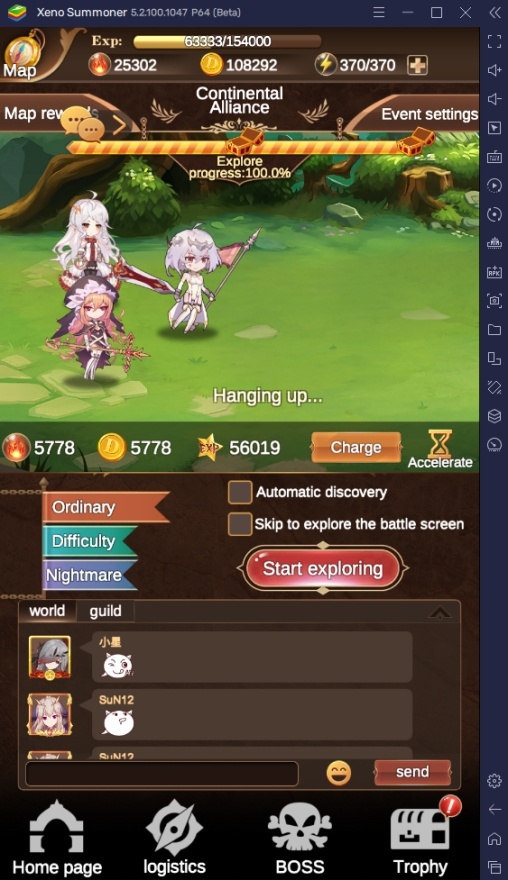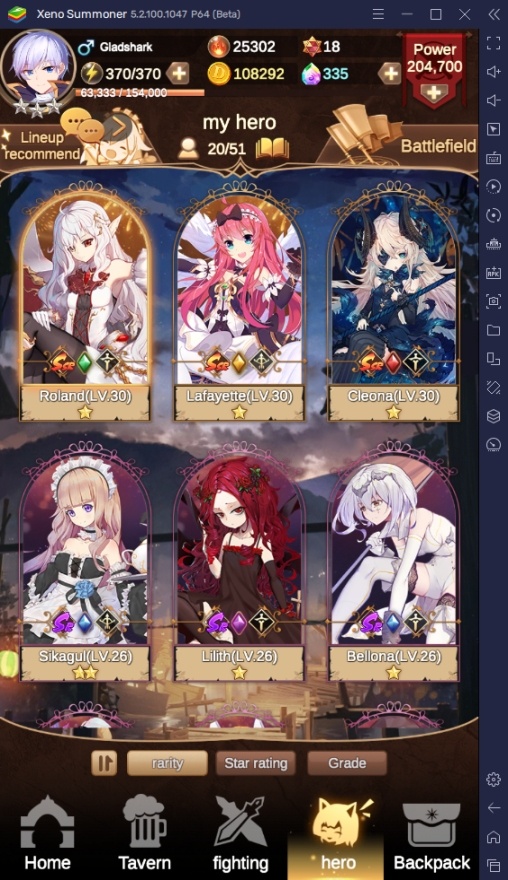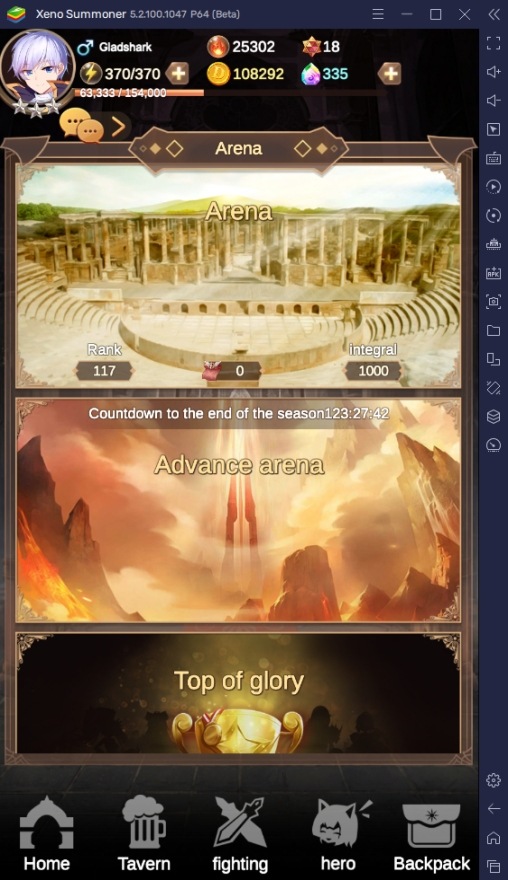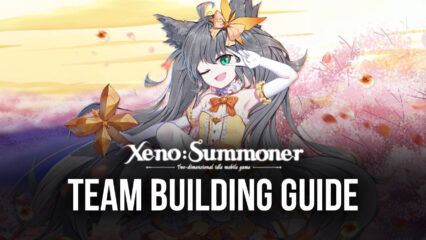BlueStacks' Beginners Guide to Playing Xeno: Summoner

The biggest problem with Xeno: Summoner is that the company had difficulties making a global version since the translations for the game are poorly done. If you’re the type of player who skipped the tutorial thinking that everything will be okay only to be surprised by how confusing the game’s functions are, you’re probably here to learn about how it works. Don’t worry. We’ve prepared this beginners’ guide to introduce the essential features that you need to know about in the game.

The game runs similarly to other idle RPGs and incorporates some of the core mechanics that the genre is popular for. However, it can get confusing if you haven’t played games like these before, especially since some parts are mistranslated and don’t give the user clear instructions on what each function does. Since we’ve played the game for a relatively good amount of time, we’ve discovered the ins and outs that players need to understand when starting out in Xeno: Summoner.
Map Exploration
The most confusing part about Xeno: Summoner is the Map Exploration, equivalent to the main campaign or the main adventure in other RPGs. In Xeno: Summoner, the adventure is done by having your party explore the map in the Fighting tab. You’ll notice that nothing will happen, but that’s because the combat is mostly idle, with the game sometimes showing one boss fight once in a while. Exploration ends when you run out of energy or complete the exploration progress, which you can see on the upper side of the screen.

Once a player has completed a stage, they have two options: Attempting the next difficulty or moving on to the following map. Players can move on to the next map by clicking on the upper-left part of the screen and choosing the available continent. Players can farm resources by exploring the map, but keep in mind that an energy system limits the activity you can do per day. The stage’s difficulty increases depending on your progress, so there is always a chance to fail.
Hero Collection
The Hero Collection is the most essential part of playing any idle RPG since your units are the primary source of strength in the game. Xeno: Summoner features a ton of unique characters that each have their strengths and weaknesses, so players have many options for building their teams. Just like any other mobile RPG, players can get new characters by utilizing the gacha system, where they can spend tickets to summon a certain number of characters at random.

One thing that players need to know about heroes is that they can either get the heroes themselves or shards that can be exchanged for these units. The shards can also be used to upgrade the character, so it isn’t a complete waste of time for players to receive these when summoning. Players can also save up their gems to purchase a golden ticket, which is used for a 10x Summon. Each hero is classified according to their rarity, with SSR units being the rarest unit you can get.
Gearing & Upgrading
Gearing and upgrading may be a bit confusing in Xeno: Summoner especially since it utilizes a crafting system with different types of armor and weapons that players can make. Players can craft armor and weapons in the workshop found on the Floating Castle. Players will notice that there are many types of weapons and armor in the selection, and that’s because each hero can only wear a particular kind of equipment and wield specific kinds of weapons.

Unfortunately, Xeno: Summoner didn’t include a straightforward way to show what types of weapons and armor each hero can make. That’s why players are forced to make assumptions by crafting random items and trying to equip them with their heroes. Since some heroes can equip multiple types of armor and weapons, it’s good to study which stats your character needs to match it. Once you determine what equipment you need, that usually carries over to the higher tiers of gearing.
The Floating Castle
The Floating Castle is Xeno: Summoner’s version of a “main kingdom”. In this zone, players can do various tasks, including crafting items in the workshop or raising animals on the ranch. Since the game has some poorly translated zones as of now, you’ll notice that there are two areas that are classified as “Guild.” The middle one isn’t a guild but more like an adventure hall where players can pick up missions that they can accomplish.

Some areas in the Floating Castle can only be unlocked after the player has reached a certain level or completed a specific zone and difficulty in the Map Exploration. It is recommended that players try to study what each of the zones does inside The Floating Castle because they all have specific functions that are important to building a strong team. Clicking on the Floating Castle button will toggle your screen, going from the main lobby to the Floating Castle.
The Arena
The Arena is a PvP zone where players can challenge other players’ teams to climb the rankings and prove themselves as the best players on the server. This is the ultimate proving ground for competitive players where they can build the ultimate team and upgrade them until they become the strongest unit on the server. Players can play in the arena once they’ve completed the 3rd map in the exploration, which they mean by the “Silver Star.”

It takes a long time of preparation before players can reach the top spot of the arena rankings because it mostly requires having the perfect lineup that is fully upgraded for players to reach that level. Fortunately, players don’t have to be the top-ranking player right away since there is a seasonal reset where players will get an equal chance to get the top spot after a few months of climbing the ladder.
















